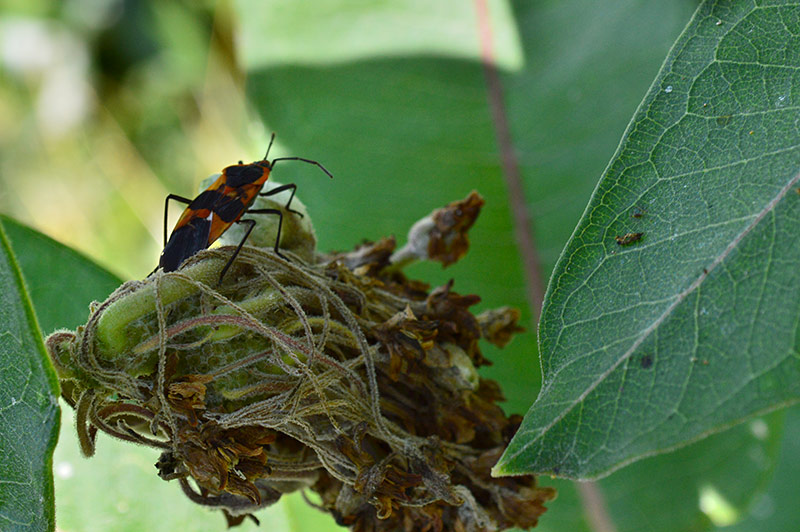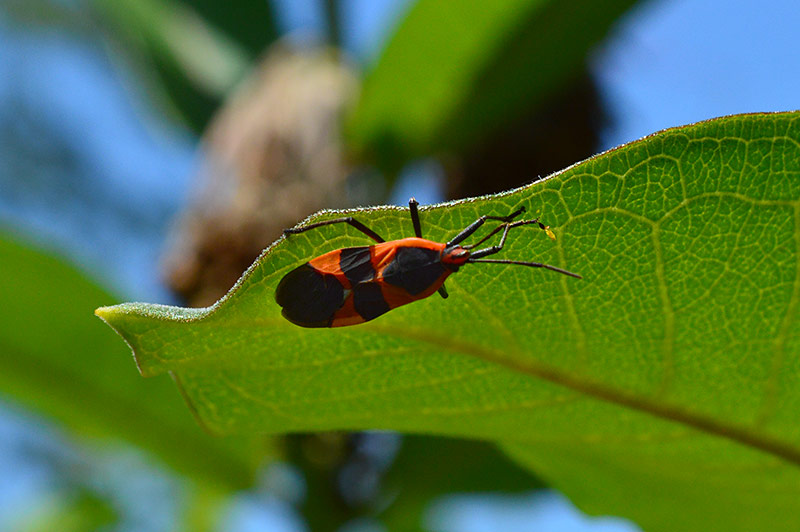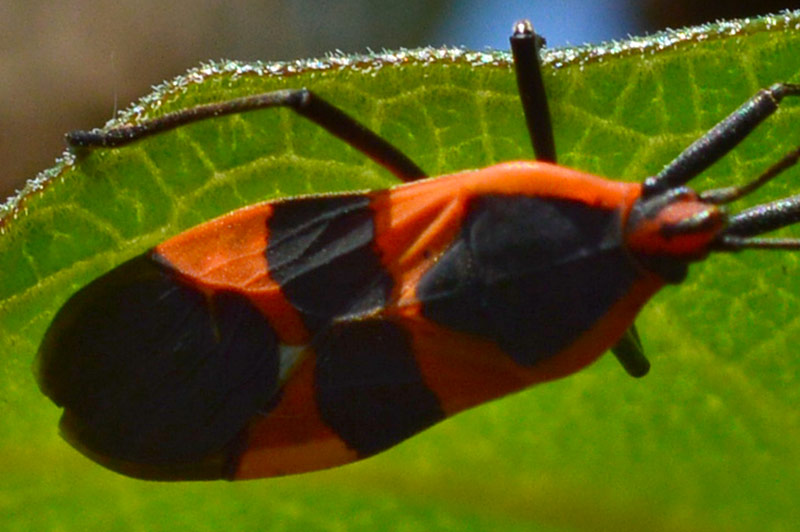It is challenging being a gardener in Zone 6 at this time of year. It is especially challenging when you’re a gardener in Zone 6 this time of year and have had the opportunity to befriend gardeners in Zones 7-9. They are awash in spring blooms and you are still eagerly awaiting the first stir of early spring bulbs!
Well the Other Half and I not only saw our first robin this past week or so, but we finally have those ephemeral beauties showing up on the Lot. First to appear this season are the Other Half’s favorite spring bulb, the snowdrop (Galanthus). First the snowdrops by the house foundation popped up.
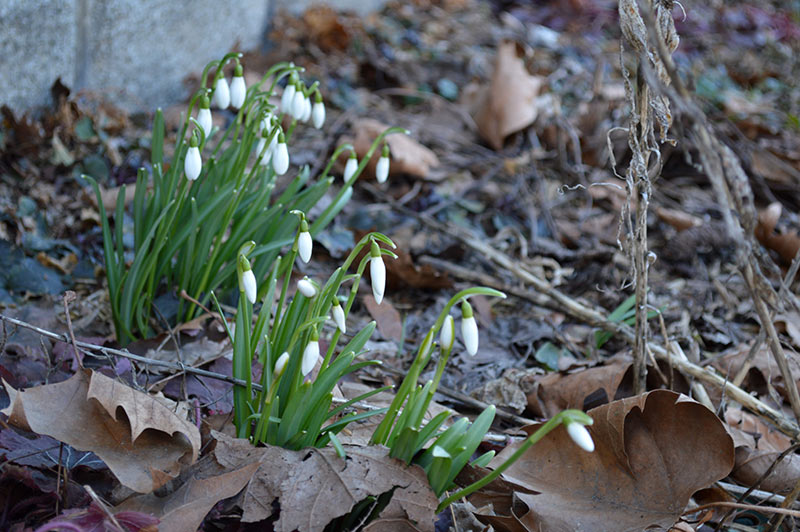
Those were closely followed by a handful in the backyard bed. Several days afterward, the cheery yellow winter aconite (Eranthis hyemalis) joined the party.
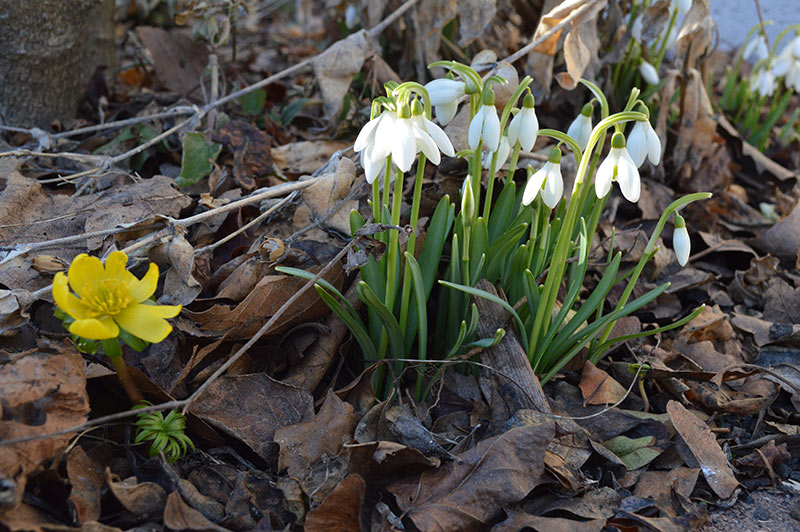
I really enjoy the splashes of bright color brought to the garden by this little member of the buttercup family. Here is it again in another part of the backyard bed.
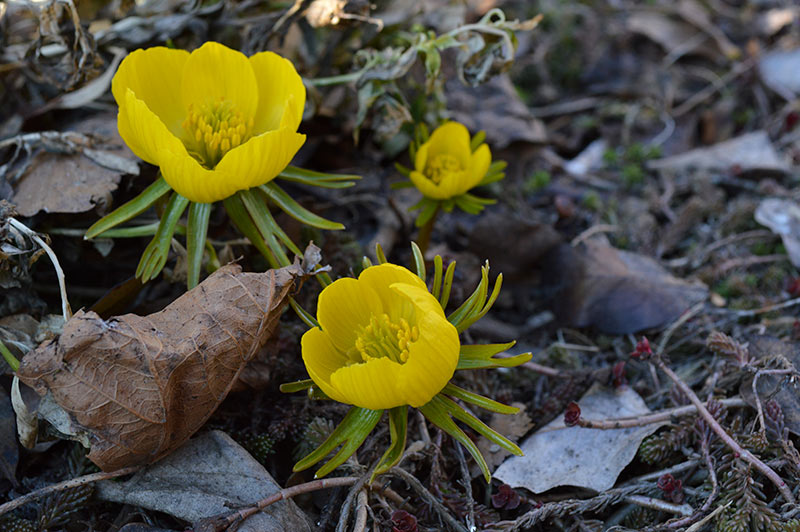
And shortly on the aconites’ heels is the crocus. We have purple, yellow, and white with purple stripe variations on the Lot.
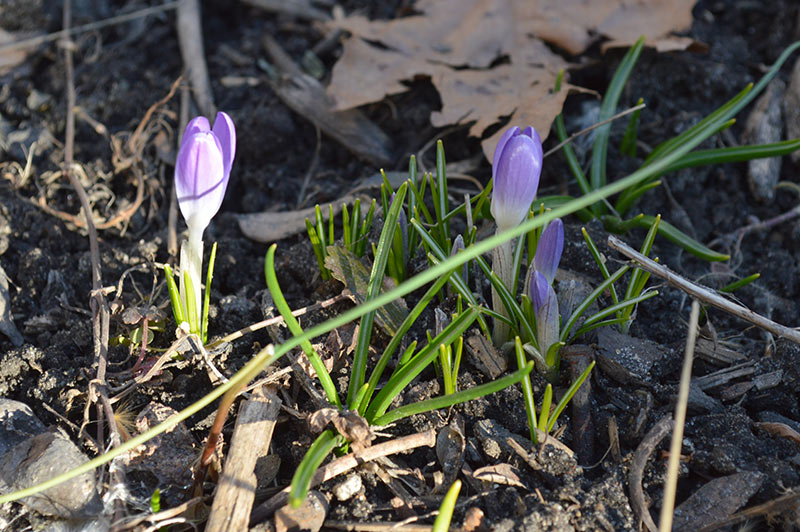
In the front south bed the daffodils (Narcissus) are breaking ground…
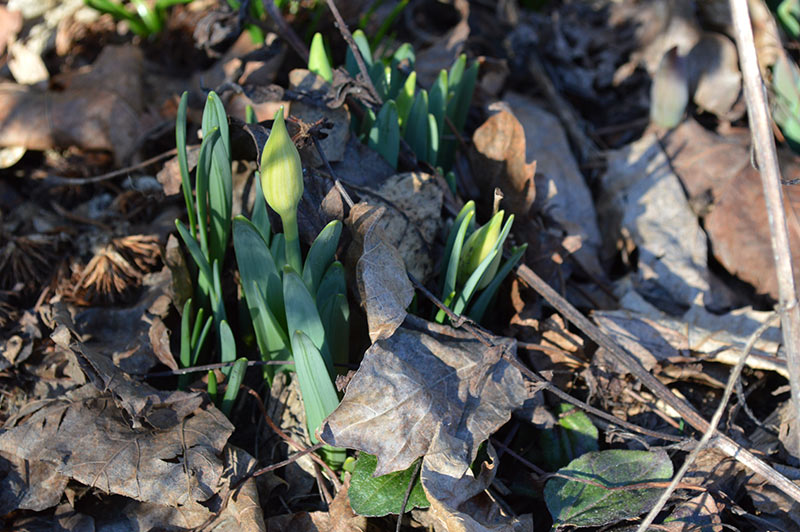
…and so are the tulips (Tulipa) in the southwest bed!
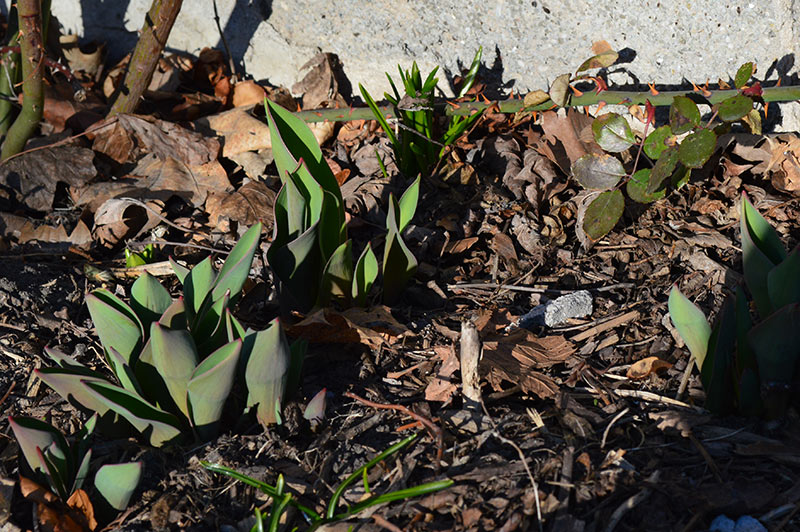
Not just the bulbs are waking up. Some of the early-to-rise perennials on the Lot are stirring as well, like this lenten rose (Helleborus). Just purchased last season, this is the first time I’ll see the lovely sepals of Sandy Shore, part of the HoneyMoon Series by Walters Gardens, Inc. hybridizer Hans Hansen.
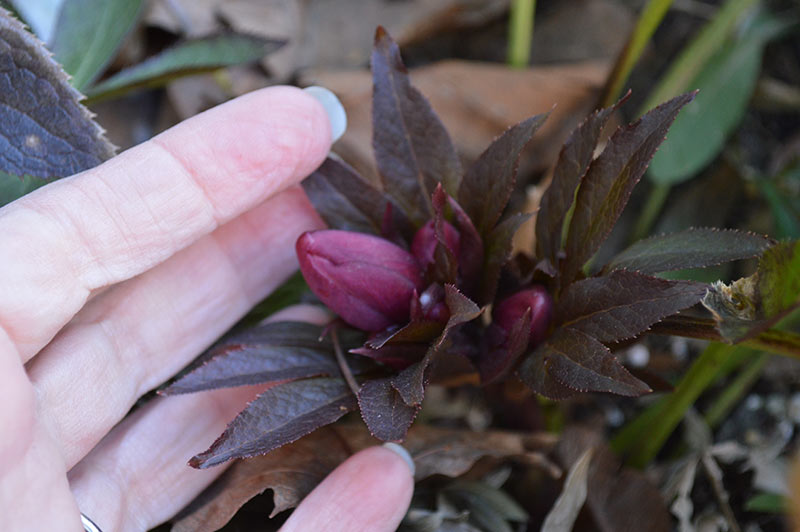
With the annual Smart Gardening conference behind me and the first signs of spring stirring on the Lot, the gardening bug is worse than ever right now! I can’t wait to get out into the garden and officially begin the season.
